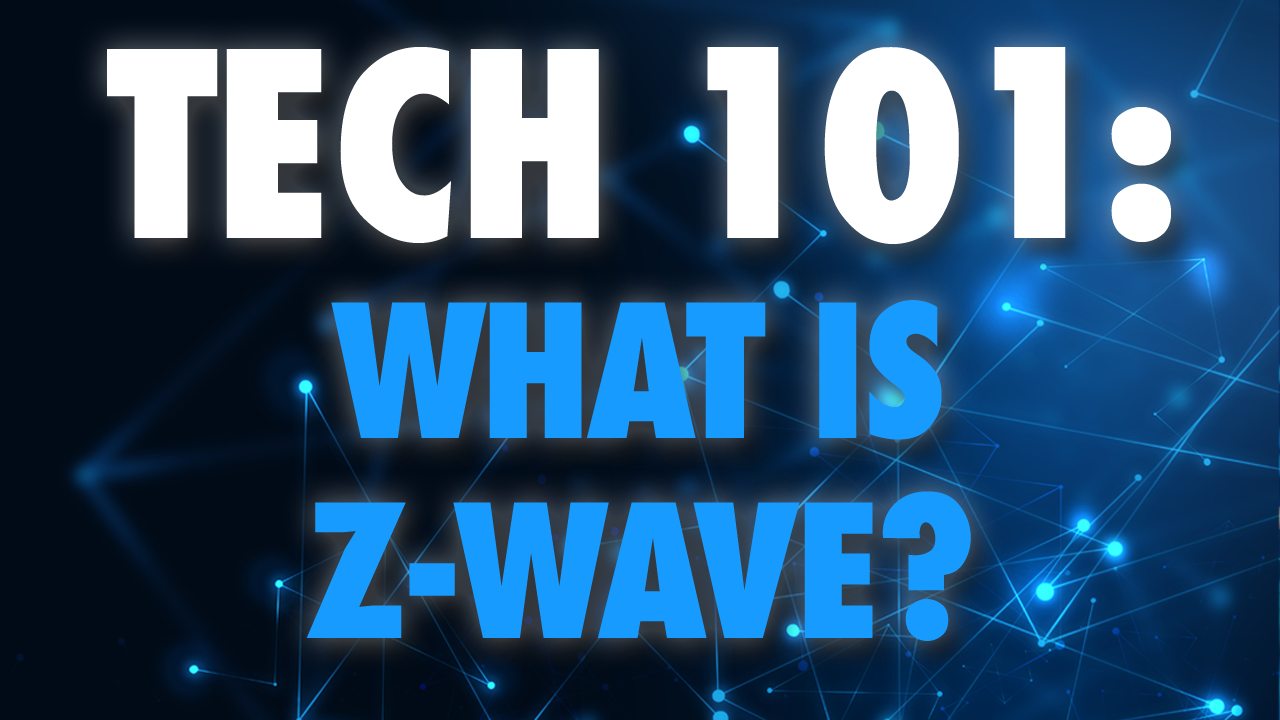- Home
- Symmetry Blog
- Tech 101 from Symmetry Electronics: What Is Z-Wave?
Tech 101 from Symmetry Electronics: What Is Z-Wave?
About Symmetry Electronics
Established in 1998, Symmetry Electronics, a Division of Braemac, is a global distributor of electronic components and systems. Combining premier components and comprehensive value-added services with an expert in-house engineering team, Symmetry supports engineers in the design, development, and deployment of a broad range of connected technologies.
Exponential Technology Group Member
Acquired by Berkshire Hathaway company TTI, Inc. in 2017, Symmetry Electronics is a proud Exponential Technology Group (XTG) member. A collection of specialty semiconductor distributors and engineering design firms, XTG stands alongside industry leaders TTI Inc., Mouser Electronics, and Sager Electronics. Together, we provide a united global supply chain solution with the shared mission of simplifying engineering, offering affordable technologies, and assisting engineers in accelerating time to market. For more information about XTG, visit www.xponentialgroup.com.

Released in 2004 by Danish company Zensys, Z-Wave is a communication protocol for home automation. Using RF for signaling and control, Z-Wave is based on the same concept as ZigBee. Z-Wave products are designed to work together even as new generations of products come to market. When Z-Wave technology is utilized inside devices, these products become “smart” – giving them the ability to talk to each other and enabling control the devices and the home, from anywhere.
Applications of Z-Wave
Z-Wave can be found in numerous products such as the Amazon Echo, smoke alarms, light bulbs, door locks, garage door controllers, thermostats, ceiling fans and light switches.
5 Benefits of Z-Wave
Easy install
Provides more product choice
Interoperable
Does not require rewiring
Reliable – Serving smart homes since 2008
From smarthome.com:
Z-Wave operates at 908.42 MHz in the US (868.42 MHz in Europe) using a mesh networking topology. A Z-Wave network can contain up to 232 nodes, although reports exist of trouble with networks containing over 30-40 nodes. Z-Wave operates using a number of profiles (think of them like languages), but the manufacturer claims they interoperate. Use care when selecting products as some products from certain manufacturers are not compatible with other manufacturers' products.
Z-Wave utilizes GFSK modulation and Manchester channel encoding.
A central, network controller, device is required to setup and manage a Z-Wve network. Each product in the home must be “included” to the Z-Wave network before it can be controlled via Z-Wave (and before it can assist in repeating/hoping within the mesh network).
Each Z-Wave network is identified by a Network ID and each device is further identified by a Node ID.
The Network ID (aka Home ID) is the common identification of all nodes belonging to one logical Z-Wave network. Network ID has a length of 4 bytes and is assigned to each device by the primary controller when the device is added into the network. Nodes with different Network ID’s cannot communicate with each other.
The Node ID is the address of the device / node existing within network. The Node ID has a length of 1 byte.
Z-Wave uses a source-routed mesh network topology and has one primary controllers. Secondary controllers can exist, but are optional. Devices can communicate to one another by using intermediate nodes to route around and circumvent household obstacles or radio dead spots that might occur though a message called “healing”. Delays will be observed during the healing process. A message from node A to node C can be successfully delivered even if the two nodes are not within range, providing that a third node B can communicate with nodes A and C. If the preferred route is unavailable, the message originator will attempt other routes until a path is found to the "C" node. Therefore, a Z-Wave network can span much farther than the radio range of a single unit; however, with several of these hops a slight delay may be introduced between the control command and the desired result. In order for Z-Wave units to be able to route unsolicited messages, they cannot be in sleep mode. Therefore, battery-operated devices are not designed as repeater units. A Z-Wave network can consist of up to 232 devices with the option of bridging networks if more devices are required.
As a source routed static network, Z-Wave assumes that all devices in the network remain in their original detected position. Mobile devices, such as remote controls, are therefore excluded from routing.
Z-wave released later versions with added network discovery mechanisms so that 'explorer frames' could be used to heal broken routes caused by devices that have been moved or removed. A Pruning algorithm is used in explorer frame broadcasts and are therefore supposed to reach the target device, even without further topology knowledge by the transmitter. Explorer frames are used as a last option by the sending device when all other routing attempts have failed.
http://www.smarthome.com/sc-what-is-zwave-home-automation
See other Tech 101 posts from Symmetry Electronics:
Tech 101 from Symmetry Electronics: What is Thread?
Tech 101 from Symmetry Electronics: What is Zigbee?
Tech 101 from Symmetry Electronics: What is LoRa?
Tech 101 from Symmetry Electronics: What is GNSS?
Tech 101 from Symmetry Electronics: What is Cat-M1?
Tech 101 from Symmetry Electronics: What is IoT?

